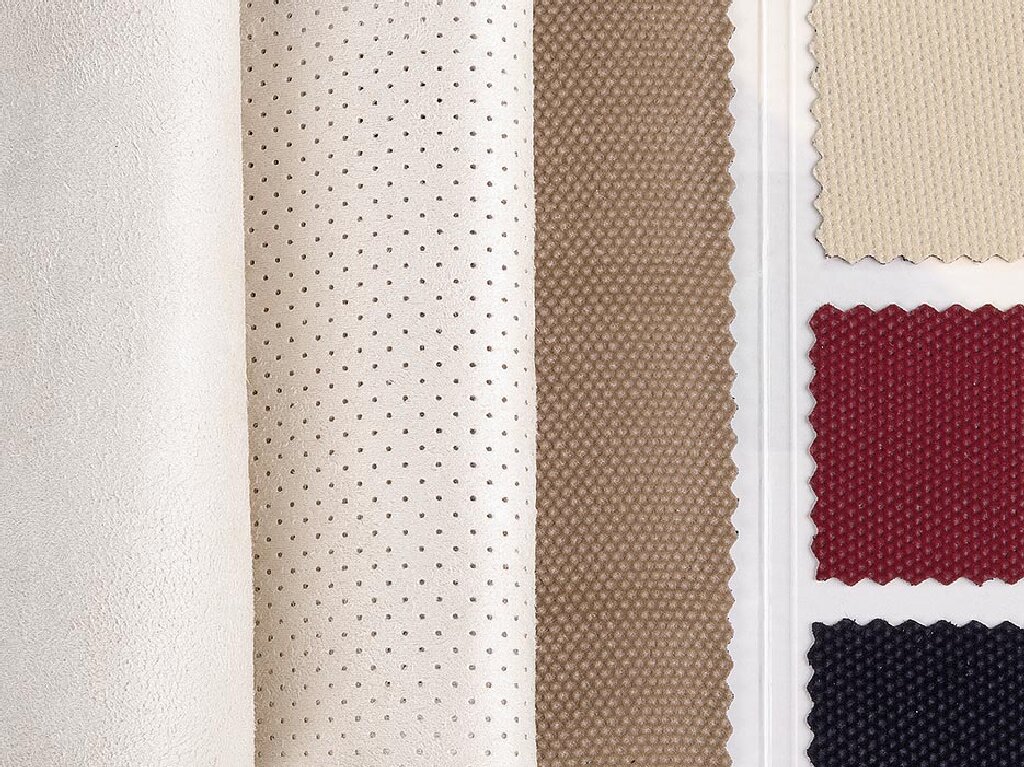Among the materials for footwear manufacture, the inner linings are very important depending on the properties and characteristics they must offer to provide adequate comfort to the users. There are different origins and technicians must evaluate and make the correct selection according to the functional and aesthetic needs of each type of footwear.
Use and functions
Liners are used to cover the inside of the uppers and/or cut, and insoles. Among its functions, stand out: giving the product a good finish, reinforcing the cut, absorbing moisture, providing comfort -by softness, flexibility and thickness - and providing protection.
Main types of linings
Among them we can list leathers, synthetic laminates, textiles - woven and non-woven - and collected or "bonded" materials.
1. LEATHERS
They must have a good degree of porosity and finish that allow effective absorption and evaporation of perspiration. The origin of the leathers for lining can be cattle, sheep and pigs. Among the latter, there are the most porosity materials. Lining leathers are generally of a smaller thickness, and also fulfill reinforcement, sustenance and assembly functions. Tanned with chromium salts have greater elasticity and softness, while vegetable tanning has less elasticity and greater absorption power.
2. SYNTHETIC LAMINATES
They are produced from stratified compounds or not, from compact or expanded polymers, in laminated form, with or without substrate and varying degrees of flexibility.
Among its main features we can point out:
• Resistance to traction, elasticity and tearing of the laminates, which depend on the substrates used.
• Laminates with substrates in non-impregnated mesh have greater elasticity.
• Those that have adequate plasticization and greater thickness, provide greater resistance to wear and continuous bending.
• They are resistant to various chemicals, except certain solvents.
• Laminates accept direct printing or thermo transfer on their surface.
• PVC laminates are not breathable, except when they are micro-perforated.
PVC laminates can be produced by spillage, calendering or extrusion; while those of polyurethanes are processed by expansion and coagulation.
3. TEXTILES
These materials can be presented in the form of weaves (flat or mesh) and non-woven.
WEAVES
• Flat weave: it is a manufactured product, natural or synthetic, with a flat and flexible structure, produced by the interlacing of a set of perpendicular threads. One of the sets, called warp gives the sense of length, and the other, called weft, gives the sense of width.
• Mesh: it is a material composed of threads obtained from twisted fibers of natural or synthetic origin. These threads are arranged so that they form turns of a thread with itself or more threads with each other.
Fabrics characteristics depend on the fibers and the processes used. Among them we can mention:
• They provide comfort to the feet because they have a high rate of moisture absorption and distillation.
• They can be used to standardize the thickness of uppers.
• The mixture of synthetic and natural materials makes it easy to stick on the footwear.
• Flat woven provide good physical and mechanical performance, giving greater resistance to uppers.
• The meshes have good elasticity, being recommended for crimped areas and with greater comfort requirements.
NON-WOVEN
They are materials with a flat, flexible and porous structure, consisting of veils or fibers or filaments blankets (long or short) oriented directionally or consolidated by mechanical, chemical, thermal, hydropneumatics processes or their combinations.
Among its main features are distinguished:
• Versatility and high absorption and distillation moisture rate.
• Facilitates dyeing processes and has the ability to prevent wrinkles.
• With the addition of special processes they can offer anti-fungicide, anti-slip and sustenance properties.
In the nonwovens production, the fibers are processed through carding, aerodynamic deposition, extrusion, wet way and others, in order to form the veil or blanket.
After obtaining the veil or blanket, the consolidation process necessary to increase the resistance of the nonwoven is performed. The piercing, thermal bonding, chemical bonding and sewing, among others, can be used. Adhesives, dyes, surface treatments, calendering, sanding, heating and others can be used to finish the nonwoven.
4. GLUED OR “BONDED” MATERIALS
They are composed of two or more different components, joined by an adhesive or by thermofusion of one of the two materials, by means of the temperature action (heaters or flame).
Its main features are:
• Good porosity, provide comfort and absorb moisture.
• Fill and reinforce cuts.
Productive processes
• Bonding with adhesive: continuous and discontinuous process, where the adhesive, liquid or solid, is applied on one of the substrates. Liquid adhesives need a drying process, while solids are melted by heat. In both cases, the substrates are joined by calendering.
• Temperature bonding (heater or flame): continuous process where the substrates to be adhered are calendered, after superficial burning of the flexible polyurethane foam or another polymer.



